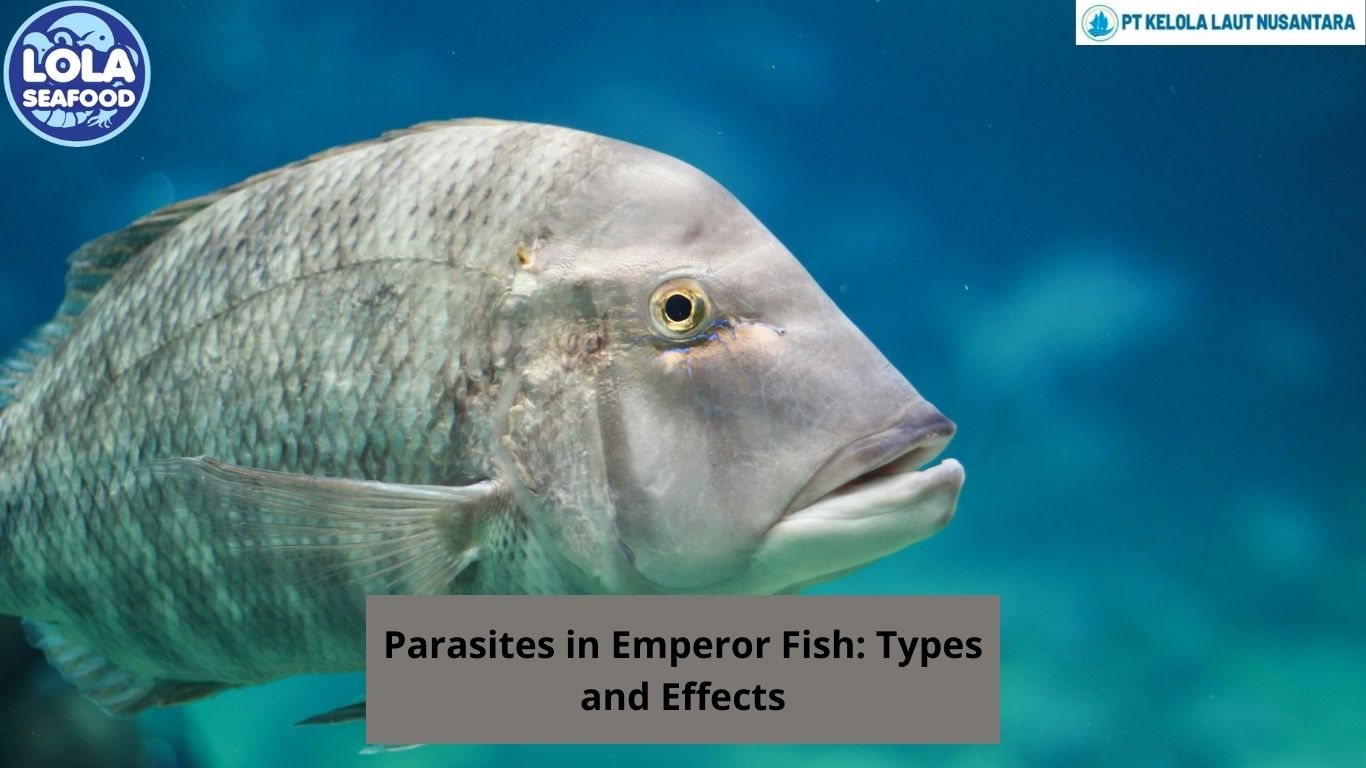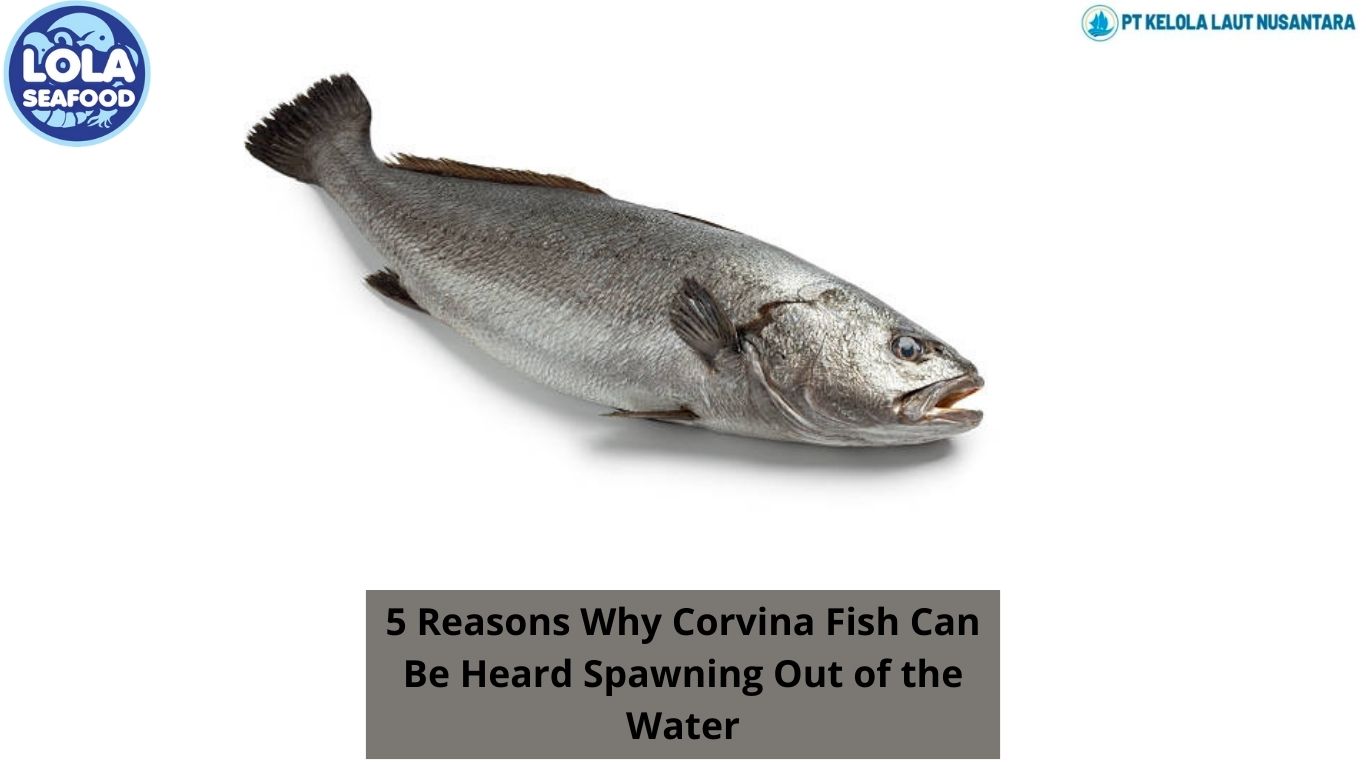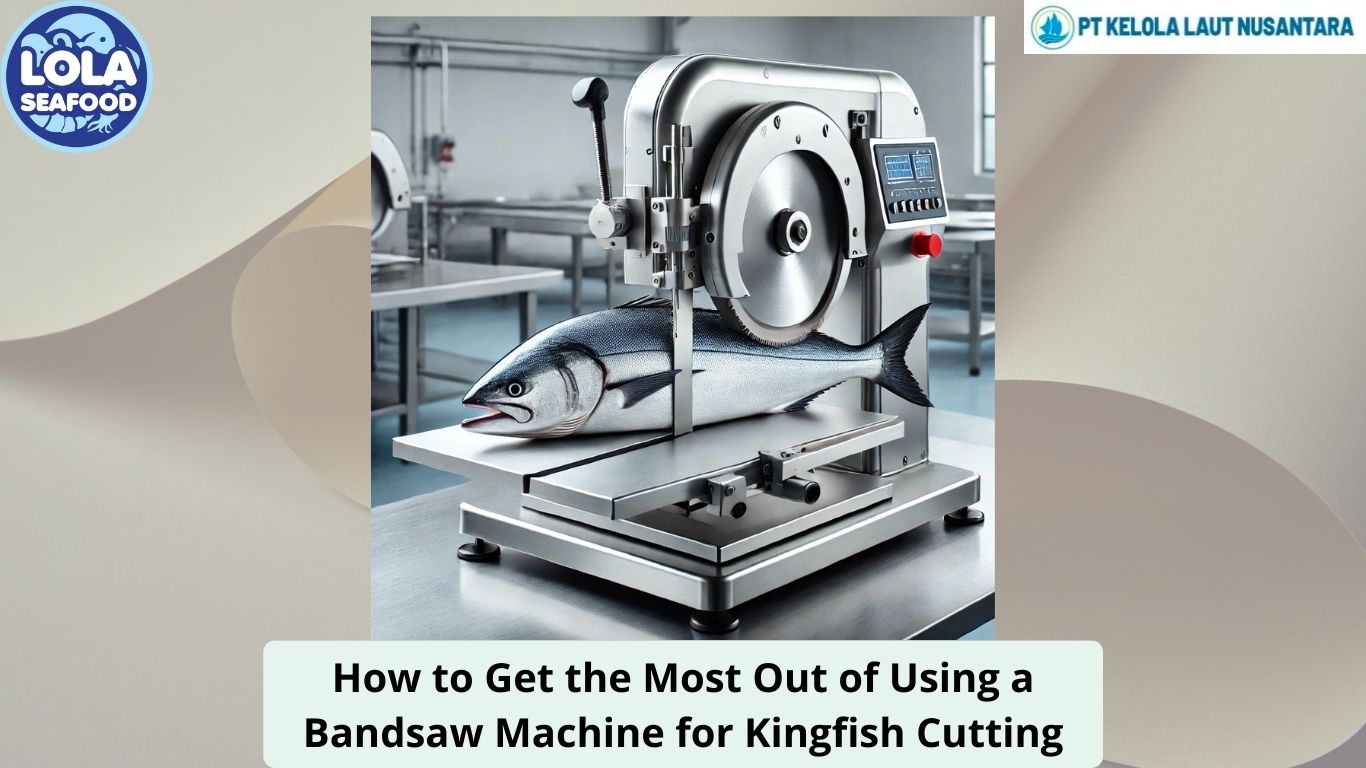Maintaining Quality in Fresh Fish Exports
By. Wiwik Rasmini - 12 Feb 2025
kelolalaut.com Exporting fresh fish requires special handling to ensure it remains in prime condition until it reaches the buyer. Here are the key steps to consider:
1. Selecting High-Quality Fish
Choosing healthy and high-quality fish is the first step. The criteria for export-worthy fish include:
- No wounds or defects on the body.
- Clear, non-cloudy eyes.
- Bright red gills.
- No strong fishy odor.
- Firm flesh that bounces back when pressed.
2. Post-Harvest Handling
After catching, fish must be handled quickly to maintain freshness:
- Sorting: Separate fish based on size and quality.
- Cleaning: Wash fish with clean water or sterile seawater to remove dirt and mucus.
- Quick Cooling: Immediately place the fish in ice or cold water at 0–4°C to slow down spoilage.
3. Storage and Packaging
Proper storage and packaging prevent quality degradation during shipping.
- Storage Methods:
- Fresh fish can be stored in ice-packed boxes or other cooling methods.
- Temperature should be maintained at 0–4°C.
- Packaging:
- Use food-grade, waterproof packaging that maintains a stable temperature.
- Ensure the box has enough ventilation for proper air circulation.
- Labels should include information such as fish type, weight, packing date, and storage instructions.
4. Transportation and Distribution
Proper transportation ensures the fish remains fresh during transit.
- Use refrigerated trucks or containers with cooling systems.
- Avoid drastic temperature changes, which can accelerate spoilage.
- Ensure efficient shipping schedules to prevent delays that may affect fish quality.
5. Compliance with Export Regulations and Standards
Before exporting fish, ensure compliance with applicable regulations, such as:
- Health certification from local fisheries authorities to verify the fish is disease-free.
- Complete export documents, including invoices, packing lists, and certificates of origin.
- International standards such as HACCP (Hazard Analysis and Critical Control Point) to ensure food safety during export.
6. Monitoring and Quality Control
Regular monitoring at each stage of export ensures quality is maintained.
- Use temperature sensors in containers to monitor fish temperature during shipment.
- Conduct inspections before shipping to ensure no fish is damaged or spoiled.
- Ensure the shipping process follows the schedule to deliver fish in optimal condition.
If you are interested in our emperor whole round / whole gilled gutted scaled, emperor fillet skin on and emperor fillet skinless please do not hesitate to contact us through email and/or whatsapp








